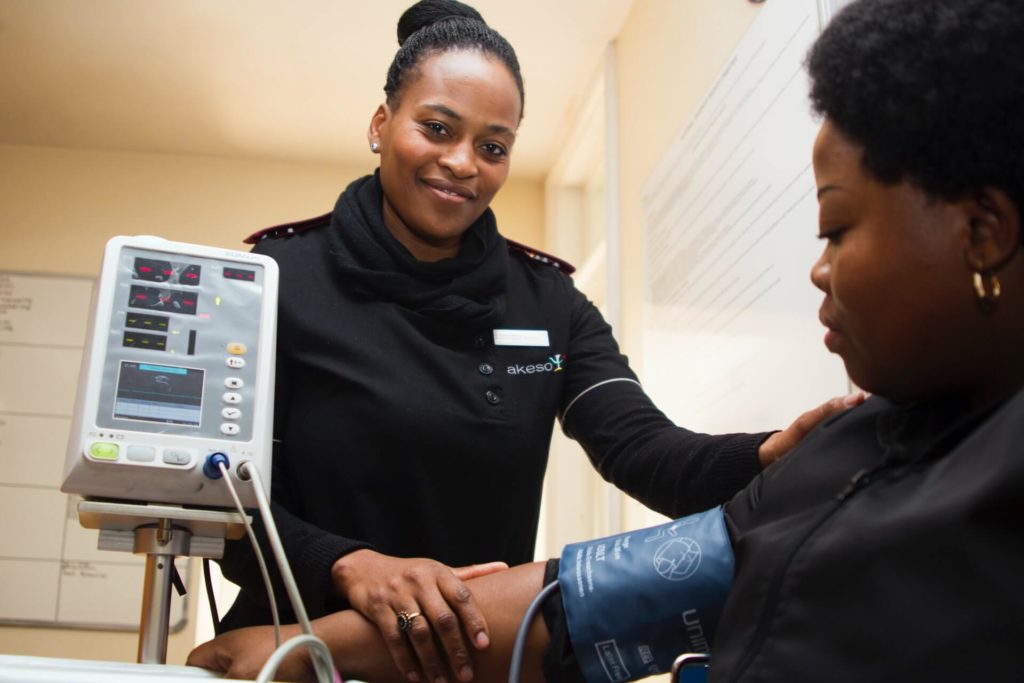Checking blood pressure measurements regularly is an important health matter for everyone concerned with remaining in excellent physical health. You need a monitor in great condition to accurately check your blood pressure at home. There is a difference in the type of blood pressure monitors you can purchase.
Types of Blood Pressure Monitors Available
A digital sphygmomanometer is a blood pressure device with a digital meter attached to the arm cuff to give an accurate reading of blood pressure results. You press the start button after wrapping the arm with the cuff. The digital meter will record systolic and diastolic pressure readings from the cuff as pressure releases from the band. This is an excellent monitor for use at home. Medical professionals at hospitals and other medical facilities use mercury manometers and aneroid sphygmomanometers. This type of blood pressure measuring equipment is harder to use at home without experience using them. Recommended home blood pressure equipment that is easy to use are the units used on the upper arm. They have the cuff attached to a long tube, which plugs into the digital reading gauge to give the best readings. Pump up models with a rubber ball to inflate the cuff work very well for use at home. Remember to keep the arm still on the side you’re taking a blood pressure reading. It will read errors or might not record readings at all with any type of arm movement. Check the device periodically to make sure it doesn’t create leaks. Anytime a blood pressure monitor if failing to deliver results is the best time to purchase a new unit. Models don’t cost that much to keep records of blood pressure levels at home.
How To Use An Automated Blood Pressure Device
Don’t smoke or drink anything before taking a blood pressure measurement. Make sure you have sat down somewhere for about half an hour to rest. This helps slow the heart rate down for an accurate reading. Place your arm on the arm of a chair or table at about the heart level. Wrap the cuff around the upper portion of your arm. The cuff needs to be a snug fit with room for one or two fingers you can slip under it. Press the button on the digital meter to automatically inflate the cuff. Wait for the results as the cuff releases pressure. Release the air from the cuff after you receive the reading. Taking your blood pressure manually with a digital blood pressure monitor isn’t a hard procedure. Relax for several minutes before taking a measurement. Position the cuff around the upper arm. Inflate the cuff by pumping the rubber ball. Inflate it until the cuff is tight around your upper arm. Release the pressure from the cuff after you record the blood pressure reading.
Checking Blood Pressure With Aneroid Sphygmomanometers
A little practice can have you checking your blood pressure readings like a medical professional. Aneroid blood pressure monitors are slightly harder to use until you have experience using the device at home. Make sure you use the monitor in a quiet setting to get accurate readings. Take a reading after you have rested for about 10 minutes to slow your heart rate. Don’t smoke or drink caffeine products before taking a reading. Sit down in a relaxed position with the arm resting on a table at heart level. Wrap the cuff around the upper arm above the elbow. Place the stethoscope bell over the brachial artery below the edge of the cuff. Inflate the cuff to 180mm-Hg. Pressure from the cuff should be released at a moderate rate at two to three mm-Hg per second. Use the stethoscope to listen for a tapping sound, which is the systolic pressure. After the cuff continues to deflate with the sound stopping, you will see the diastolic pressure. It can be 120/80 or higher depending on what your blood pressure level usually is. Take measurements from both arms to get accurate readings. Record results in a notebook each time you take blood pressure measurements for your records. You can use them as a reference when you visit your doctor. Make sure the cuff used is the correct size for arm fit. Check blood pressure readings with clothing out of the way on the arm for the most accurate measurement. Keep the arm still when taking a reading on the monitor. Be sure the arm is elevated to the heart level for correct measurements. Your aneroid blood pressure monitor might need to be checked for accuracy or replacement after extended use.

